How Manchester United Plan to Replace Rasmus Højlund Under Amorim’s New Striker Shortlist
Rasmus Højlund’s impending permanent move to Napoli marks the end of a chapter that never quite lived up to the hype at Old Trafford. For Manchester United, it is both a financial decision and a footballing one — a chance to reset their approach to the striker position under Rúben Amorim’s rebuild.
The Danish forward, signed for around €75 million in 2023, leaves behind flashes of promise but also a sense of unfinished business. Yet within United’s corridors of power, the focus has already shifted toward finding a more system-compatible striker — someone who fits Amorim’s pressing structure, tactical demands, and long-term vision.
Behind the scenes, INEOS and the United recruitment team have drawn up a new striker shortlist, combining data-driven scouting with Amorim’s tactical preferences. And for the first time in years, the process feels coherent, strategic, and built around the manager’s footballing identity.
Why Amorim Needs a Different Type of Striker
Amorim’s system at Manchester United differs significantly from those that Højlund previously thrived in at Atalanta and now Napoli. The Portuguese manager’s structure prioritizes fluid attacking movements, intelligent pressing triggers, and link play over pure vertical running.
While Højlund excelled at stretching defences and attacking space, he struggled when asked to operate as a connector in tight zones. Amorim wants his striker to not only finish chances but also initiate pressing sequences, combine with wide players like Garnacho and Rashford, and help the team sustain possession in the final third.
This shift in tactical emphasis means United are looking for a striker with three core attributes:
1. Tactical intelligence — the ability to read pressing cues and create overloads.
2. Technical quality in tight spaces — linking with midfielders rather than simply running beyond.
3. Composure in finishing — turning limited chances into goals in a possession-heavy structure.
Højlund, for all his physical prowess, was never quite that type of striker. Amorim now wants someone who fits his football, not the club’s past mistakes.
The Shortlist: Amorim’s Chosen Profiles
Sources around Carrington and INEOS’ scouting division indicate that United’s shortlist currently includes five main targets, each representing a different stylistic archetype.
1. Gonçalo Ramos (PSG)
The Portuguese striker is well known to Amorim from his time managing in the Primeira Liga. Though he has struggled for minutes in Paris behind Kylian Mbappé and Randal Kolo Muani, Ramos remains one of the most complete young strikers in Europe.
At 24, he combines tactical discipline with intelligent movement and pressing energy — traits Amorim values deeply. Ramos’ ability to drop into midfield pockets and link play with wingers could make him an ideal fit. A loan with an option to buy is being explored, as PSG may be open to reshaping their squad next summer.
2. Santiago Giménez (Feyenoord)
A relentless presser with lethal finishing, Giménez has been on United’s radar since early 2024. His numbers in the Eredivisie — 23 goals in 29 games last season — underline his ability to finish clinically.
Amorim is said to admire his aggression, vertical runs, and work ethic, though there are questions about whether he could adapt to the Premier League’s physicality. United see him as a ‘modern poacher’, in the mold of a Diego Costa — ruthless in the box, but also selfless in his pressing.
3. Benjamin Šeško (RB Leipzig)
Ironically, Šeško has already become one of Amorim’s most trusted figures at United since joining last summer. But Amorim wants a true partner or rotation option to complement him. United believe Šeško could thrive alongside another striker, as he often did with Sesko-Okafor combinations at Salzburg.
That’s why the club’s plan isn’t necessarily to replace Højlund like-for-like — but to build a front line with fluidity and dual-threat potential, similar to Amorim’s Sporting model where two forwards shared creative and finishing duties.
4. Evan Ferguson (Brighton)
Ferguson’s name has surfaced again internally, though United know Brighton will demand a huge fee — likely above £70 million. Still, INEOS admire his Premier League experience, technical maturity, and pressing intelligence.
At just 20, Ferguson already exhibits traits Amorim wants: he drops deep to link play, presses effectively from the front, and can operate as both target man and second striker. United view him as a long-term investment, potentially part of a generational rebuild.
5. Viktor Gyökeres (Sporting CP)
Perhaps the most intriguing name on the list — and the one Amorim knows best. Gyökeres flourished under him at Sporting last season, scoring 43 goals across competitions while leading Europe’s most coordinated press.
The Swede’s mix of power, intelligence, and selfless teamwork makes him the archetype Amorim desires. However, his €100 million release clause and Sporting’s reluctance to sell could complicate any move. Still, INEOS are aware that Amorim views Gyökeres as the perfect striker for his system.
Internal Options: Amorim’s Developmental Vision
While United are scouting Europe aggressively, Amorim has also shown faith in developing young talents internally.
Ethan Wheatley, the academy forward who impressed in preseason, has remained around the first team and could be gradually integrated. Amorim believes in what he calls “growth through responsibility” — giving young players real game minutes in structured environments.
Additionally, Amad Diallo and Marcus Rashford have been trialed as hybrid forwards in training sessions, part of Amorim’s plan to create rotational fluidity rather than fixed roles.
A United source described Amorim’s approach:
> “He doesn’t want another static No.9. He wants a front three who can press, rotate, and combine. The striker is just the first defender.”
Financial Strategy: INEOS’ Calculated Market Approach
Unlike in past windows, United’s new recruitment structure — led by INEOS sporting director Sir Dave Brailsford and CEO Omar Berrada — will not allow panic spending. The club have learned from the mistakes of the Sancho, Antony, and Højlund deals.
INEOS want to operate under what they term a “performance-based valuation model”, where transfer targets are filtered through tactical fit, data output, and coach approval before any negotiations begin. Amorim has direct input on this process, ensuring every signing fits his footballing identity.
The expected transfer budget for the striker position is between £50–70 million, depending on outgoing sales. The Højlund deal to Napoli — worth €50 million — will help balance accounts and create flexibility under FFP.
United also plan to explore structured deals, including loans with obligations or performance clauses, mirroring the model used successfully by Napoli and Juventus in recent seasons.
Amorim’s Tactical Vision: A New-Look Front Line
Amorim’s long-term plan involves a front three built on interchangeability and balance:
Šeško as the dynamic spearhead.
A technically adept striker who can drop between lines and create overloads.
Wide forwards like Garnacho and Rashford providing width and directness.
This model aims to emulate Sporting’s 2021–23 structure, where Gyökeres, Edwards, and Pedro Gonçalves rotated seamlessly across attacking lanes.
Crucially, Amorim wants pressing synchronization. Every forward must press in unison, forcing turnovers high up the pitch — a key part of his “control through chaos” philosophy.
What the Departure of Højlund Symbolizes
Højlund’s move to Napoli is more than just a transfer; it’s a symbolic shift for Manchester United. It represents the club moving away from reactionary signings and toward process-based building.
Under Amorim and INEOS, United’s identity is being rebuilt around youth, structure, and intelligence — both on and off the pitch. The era of chasing “big names” is being replaced by one focused on fit, functionality, and development.
In that sense, Højlund’s departure is bittersweet. He remains a player of enormous potential, but his time at United never quite aligned with the tactical reality of the club’s new direction.
Conclusion
As Rasmus Højlund prepares to make his move to Napoli permanent, Manchester United’s focus is fixed firmly on the future. Under Rúben Amorim, the Red Devils are crafting a smarter, more adaptive transfer strategy — one that prioritizes compatibility over reputation.
The new striker shortlist reflects that philosophy: a mix of proven talent, tactical fit, and developmental potential. Whether it’s Gonçalo Ramos, Santiago Giménez, or a bold move for Viktor Gyökeres, United’s next No.9 will not just be a goalscorer — they’ll be a system leader, a pressing trigger, and a vital cog in Amorim’s evolving machine.
In short, Manchester United are no longer chasing strikers — they’re building systems. And in that system, the next forward to wear the No.9 shirt won’t just replace Højlund; they’ll redefine what it means to lead the line at Old Trafford.
—
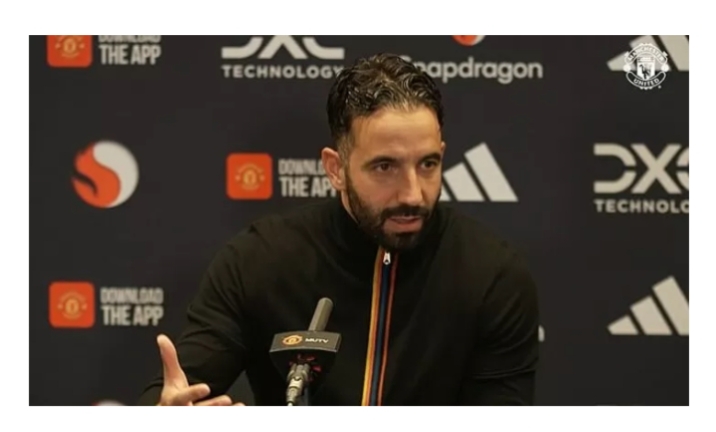
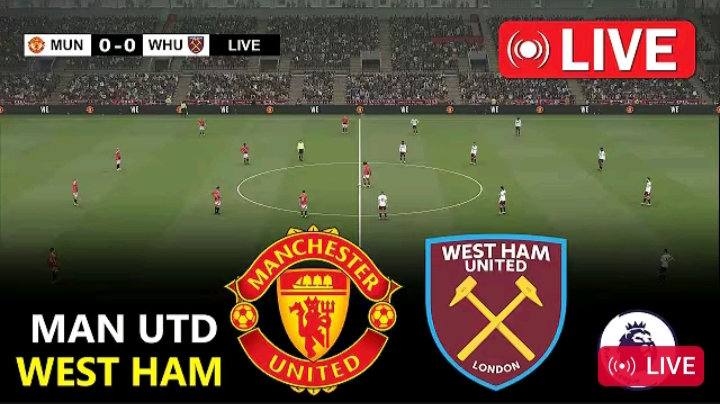
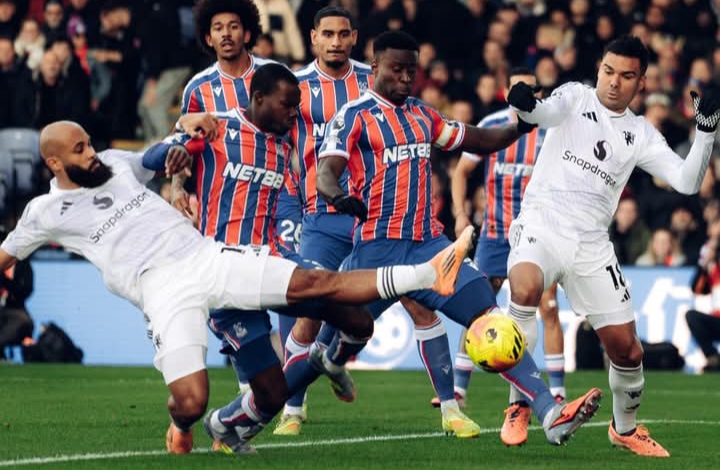
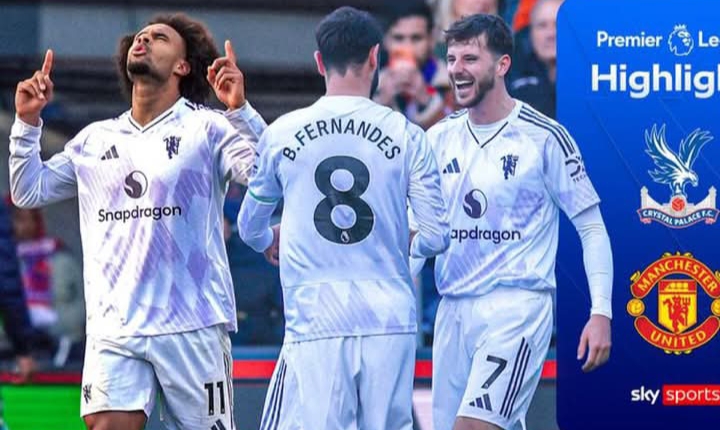
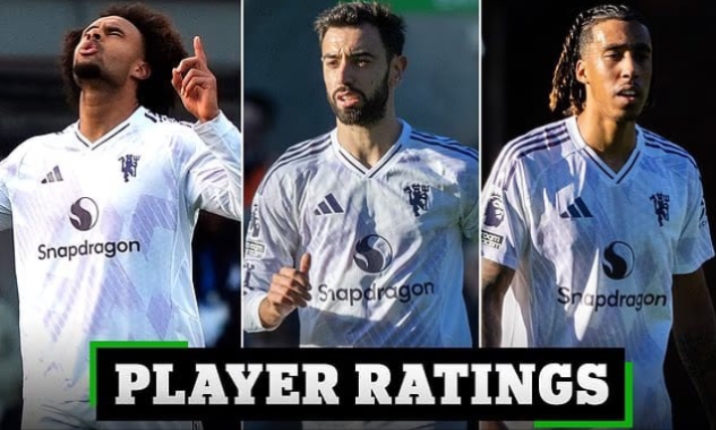
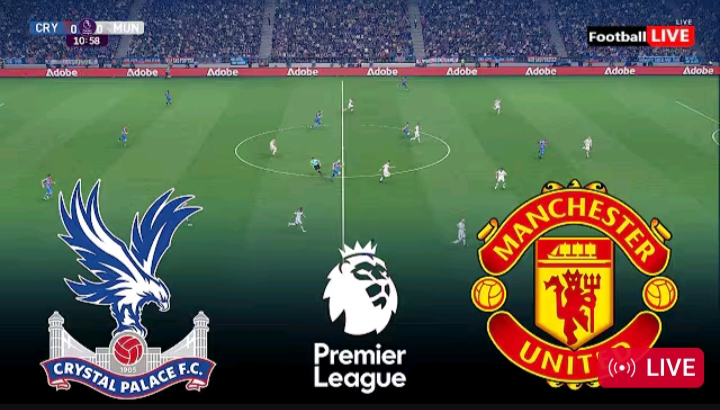
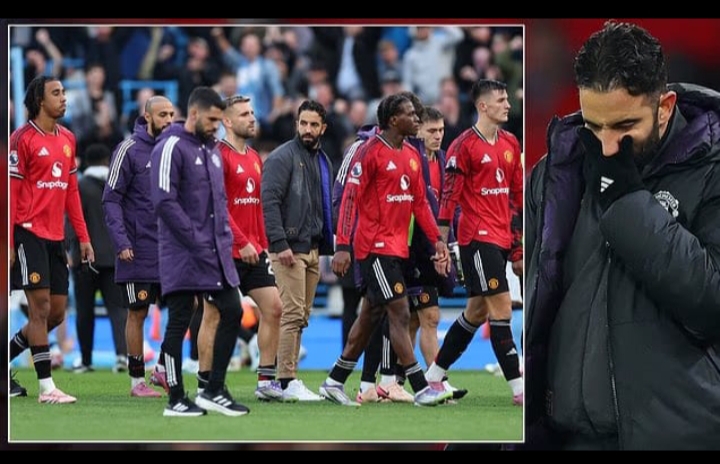
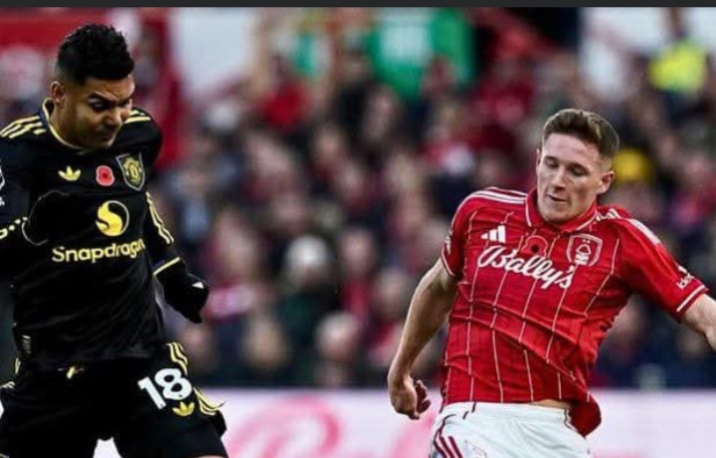
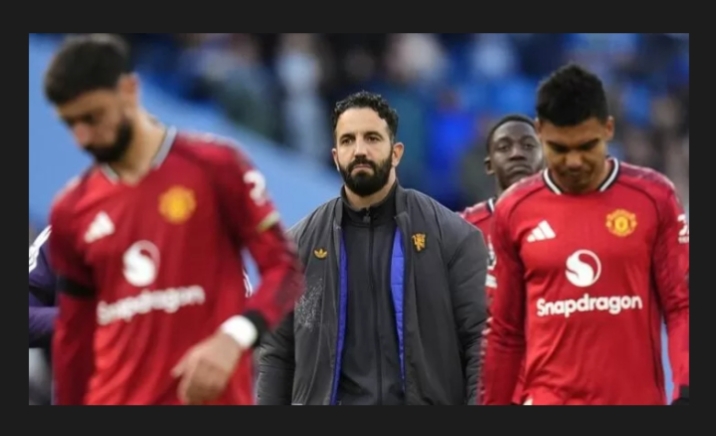
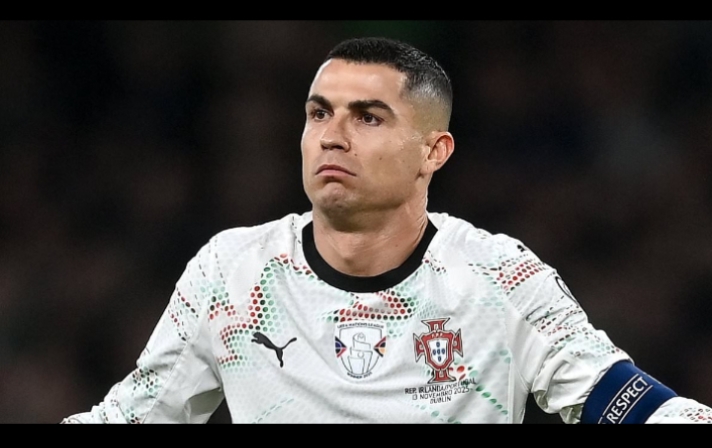
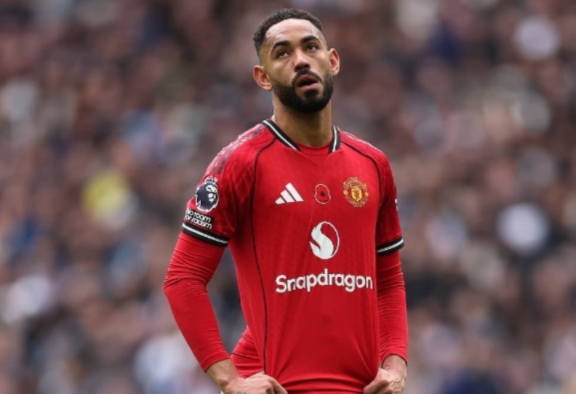
Leave a Reply